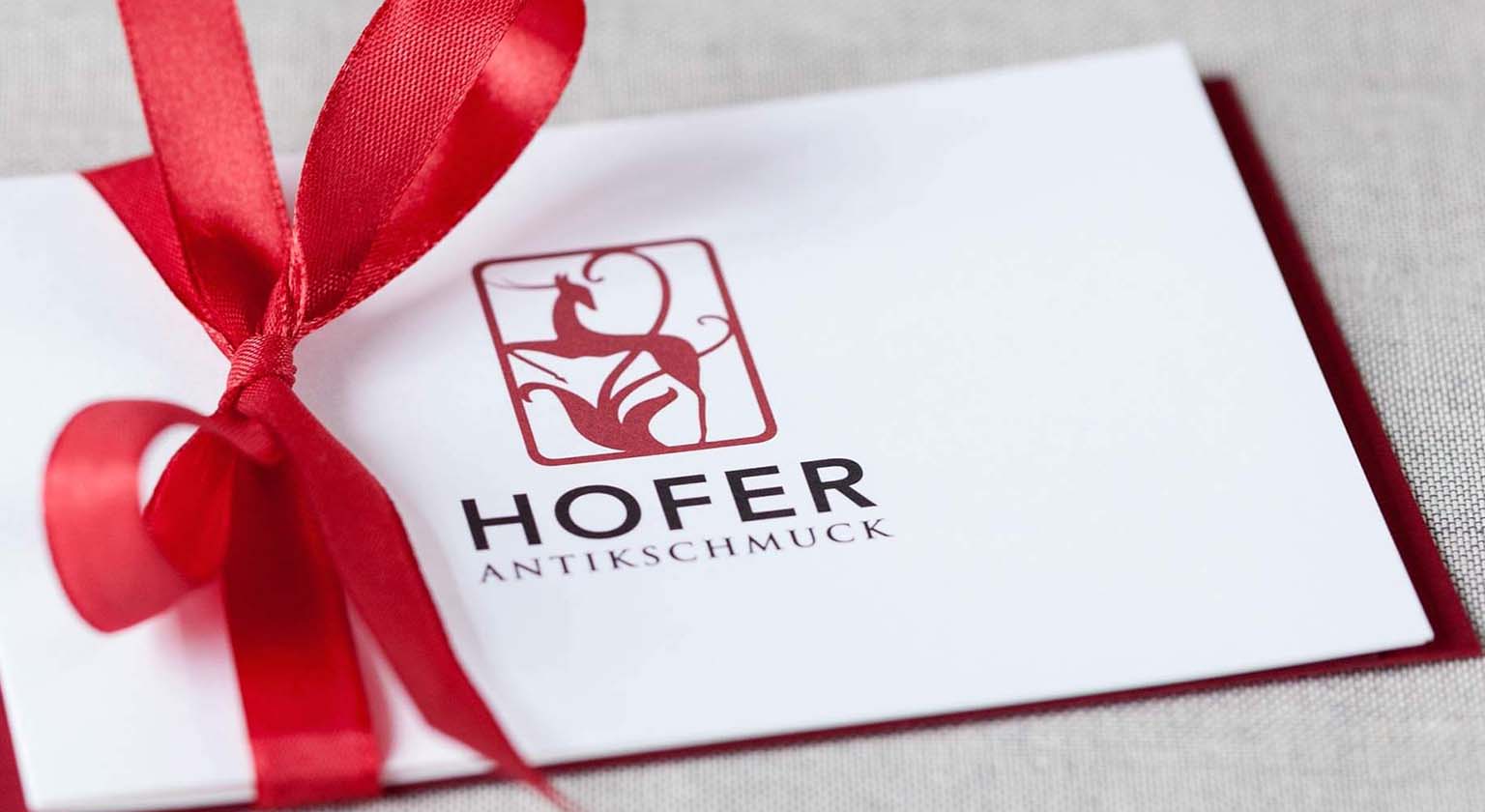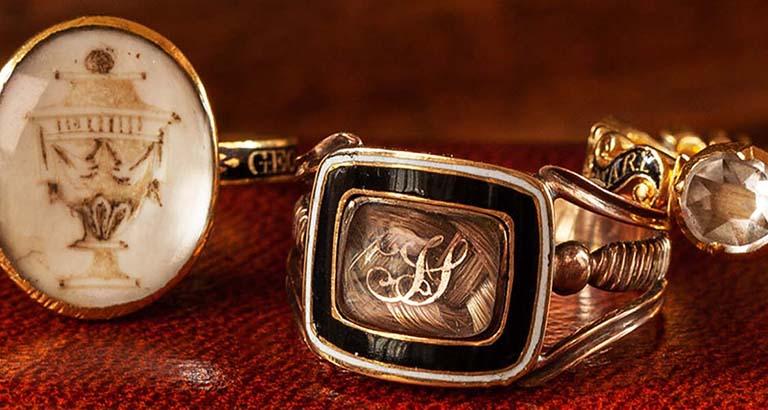he pain of being away from a loved one is a feeling known to all ages past and present. As in many other areas of life, this experience has also been reflected in jewellery and led to the creation of extraordinary and hauntingly beautiful pieces.
Memorial jewellery has its roots in the 16th-century. Rings in particular were decorated with skulls and crossbones, motifs borrowed from the late Middle Ages. Over the course of the 18th century – the age of enlightenment and sensibility – the appearance of mourning jewellery changed in a fundamental way. Influenced by the art of antiquity, we now encounter urns, altars, obelisks and broken columns as motifs. Combined with the representation of the bereaved or displaying mourning putti, these scenes are often framed by the branches of a weeping willow, which serves as a symbol of pain. Added inscriptions such as “Remember me” also articulate the desire never to be forgotten.
Jewellery made of the hair of the deceased was a particularly poignant and intimate variation of remembrance. An idea of magical force resides therein, which was attributed to the hair by religion, folklore and magic. Sometimes these pieces can be identified by their form or inscriptions as commemorations to the dead, but hair jewellery was also widely used as declarations of friendship or love.
In the 19th century, new mourning rituals and forms were developed. A variety of rules and norms of behaviour were meant to ease the pain of the bereaved and to meet social expectations of decency. Periods of grief were meticulously determined according to how close the relationship was. Special clothing and special jewellery was required. Queen Victoria for example bore her grief over dead husband Prince Albert from the year 1861 until her own death in 1901. In Vienna, there was a so-called “Court Mourning Announcement” after the death of Crown Prince of Rudolph in 1889, meticulously determining every detail of the dresses and jewellery to be worn by the members of court.
In particular, black jewellery made of jet, onyx, enamel and even iron was worn during this time. One exception was pearls, which had always been considered a symbol of shed tears. The forms of the new mourning jewellery were as diverse as it shapes: In addition to pieces of classic simplicity, playful, romantic forms as well as the bold and heavy forms of Revivalism can also be found.
The public display of grief and pain finally ended at the close of the 19th century. A more distant relationship to death was found; the times of mourning and rites were no longer strictly adhered to. Even the distinction between mourning jewellery and fashion jewellery became more blurred with black jewellery in Art Déco style.
Today, this jewellery of centuries past can stir our emotions in a very direct way. It reflects the spirit of an era and offers an intimate insight into the emotional world of the past.











